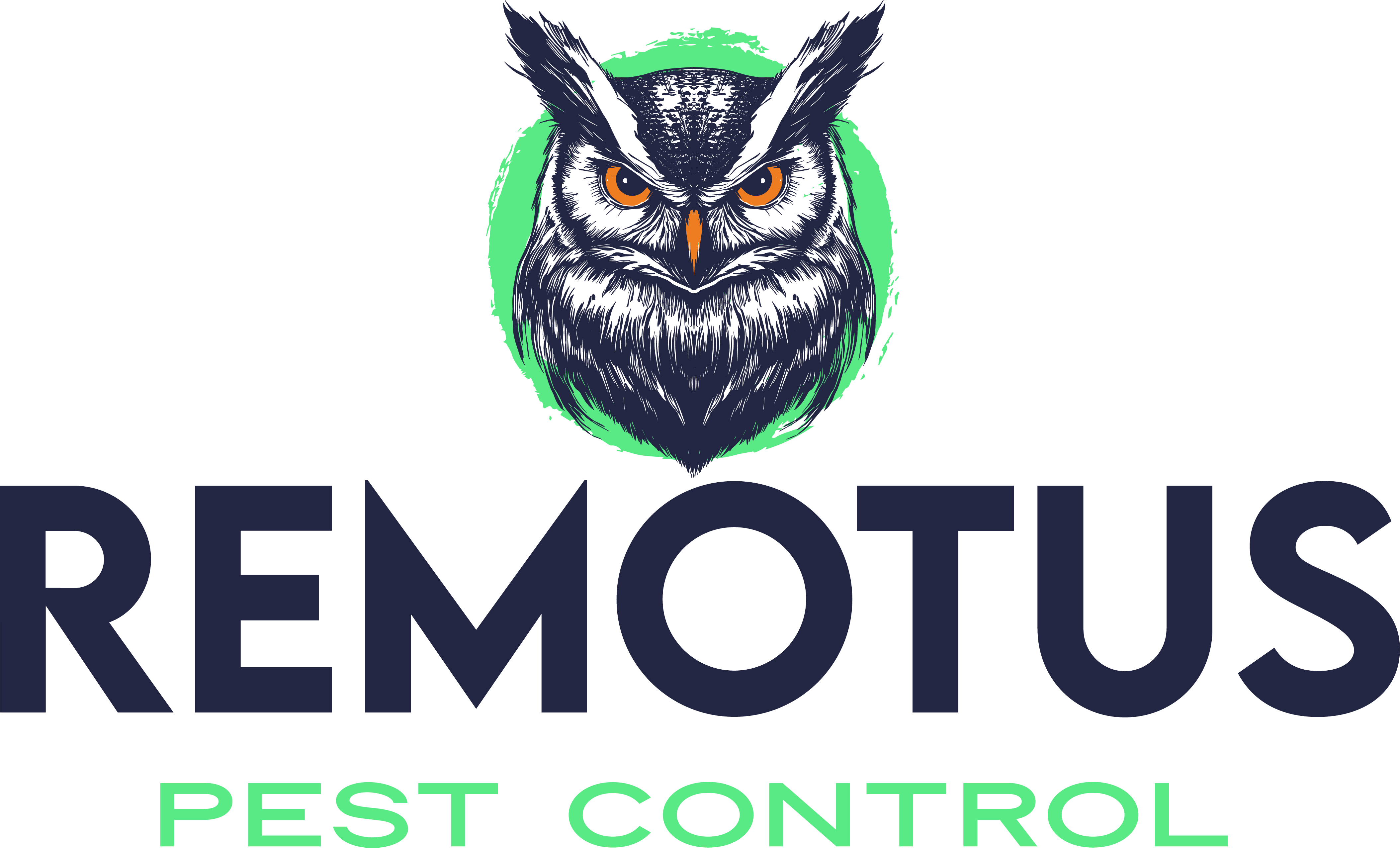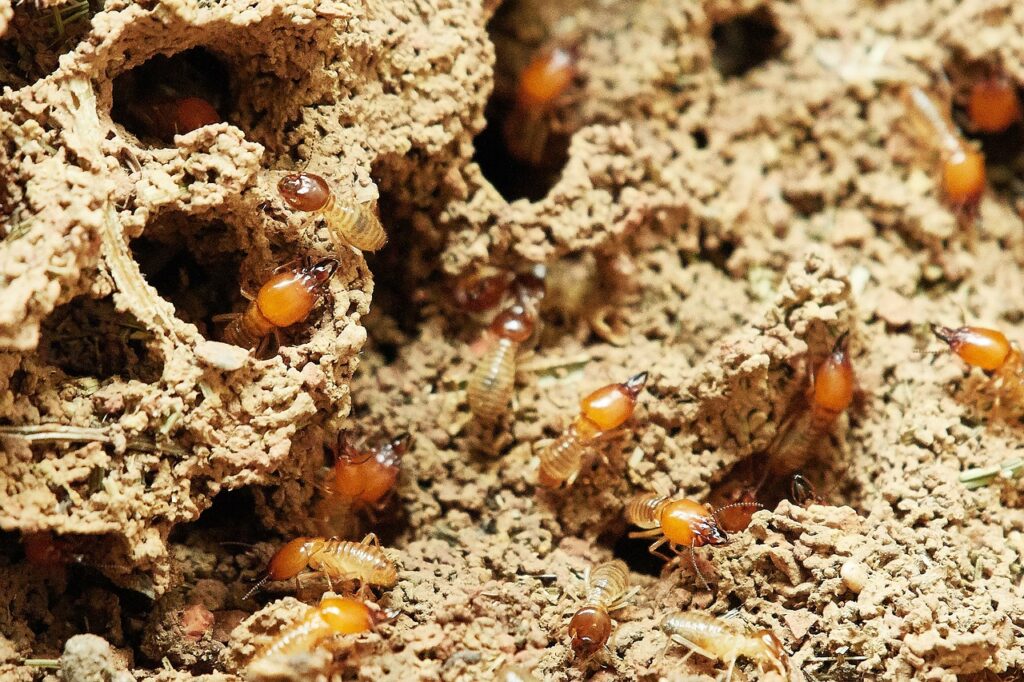Termites feed on wood and can cause significant structural damage to homes. They are often found in damp, dark areas such as basements and crawl spaces. While termites do not transmit diseases, their presence can lead to costly repairs and a weakened home structure, potentially leading to safety hazards and costly repairs. Termites often go undetected until significant damage has occurred. DIY treatments are rarely effective, and professional intervention is typically required. In some cases, tenting may be the only option to remove these pests from a structure completely.
Observation
Remotus knows how to spot the subtle signs of these wood-eating pests. Drywood termites are small, cream-colored insects that live inside dry wood. Unlike their subterranean cousins, they don’t need soil contact and can be found in furniture, framing, and wooden structures. Remotus advises you to look for discarded wings, tiny piles of frass (wood-colored droppings), and small exit holes in wooden surfaces as signs of an infestation.
Outlook
Remotus understands the severity of this threat. Drywood termites can cause significant structural damage over time, as they consume wood from the inside out. Their presence often goes unnoticed until the damage is extensive, making early detection crucial. Remotus insists on regular inspections and immediate treatment to prevent costly repairs and maintain the integrity of your home. Treatment typically takes several weeks to months, involving fumigation or spot treatments depending on the extent of the infestation, followed by ongoing monitoring.
Gateways
Remotus knows their entry tactics. Drywood termites can enter homes through cracks in wood, joints, and gaps in wooden structures. They often swarm and find new nesting sites during warm months, entering through exposed wood or even through small openings in eaves and attics. Remotus recommends sealing cracks, treating wood with termite-resistant materials, and scheduling regular inspections to keep these pests at bay.



